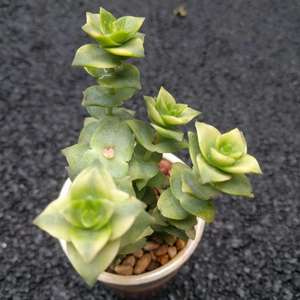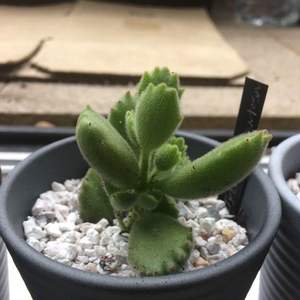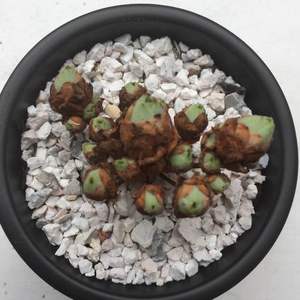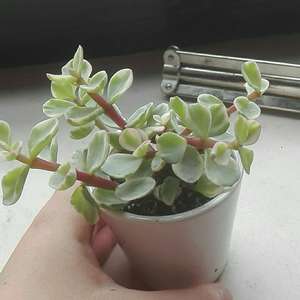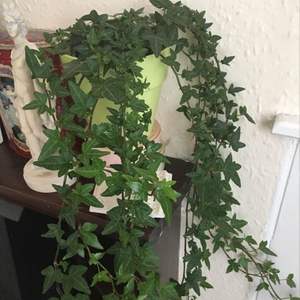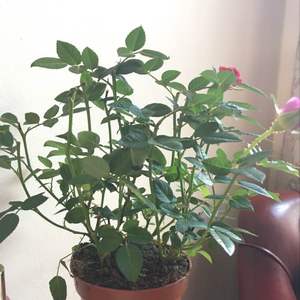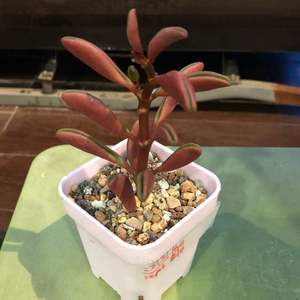文章
Miss Chen
2018年07月22日

Your kitchen trash can may contain a vegetable garden just waiting to happen. The roots, shoots and seeds of many plants can regrow instead of languishing in the garbage. Success will vary because grocery store plants are often grown from sterile hybrids or they are treated to retard growth, but with experimentation you may grow a successful garden for just the cost of time.
Plant Choices

Not all scraps are suitable gardening stock. Seeds from summer and winter squashes (Curcubita spp.), peppers (Capsicum annuum) and beans (Phaseolus vulgaris) will often sprout and grow, but the fruits may not be the same quality as the original. You can regrow whole garlic bulbs (Allium sativum), a biennial in U.S. Department of Agriculture plant hardiness zones 3 through 8, from a single leftover clove, for example. Some plants grow back from their roots if you carefully save them. Ginger (Zingiber officinale), which grows in USDA zones 9 through 12, along with green onions (Allium cepa) and the leafy tops of radishes (Raphanus sativus) are some examples.
Pick a Spot

The season and your climate help determine whether pots or beds are the better choice. Spring and summer vegetables, like squash and peppers, grow best outdoors in a bed or container garden. Garlic performs best in a bed in almost any climate, while tender ginger requires a pot so you can overwinter it indoors in cool climates. Cool-season vegetables, like radish tops, do well both outdoors or inside. If you plant in containers, use pots with at least one bottom drainage hole.
Successful Planting

Preparing to plant is just as important as selecting the right kitchen scraps. Most vegetables need rich, well-draining soil in an area that receives six or more hours of daily sun. When planting seeds, sow larger seeds like beans and squash 1 to 2 inches deep, and smaller seeds, such as peppers, 1/4 inch deep. Leave the top of the root attached to leafy greens, such as radish, and push the cut end of the root into the soil slightly. Garlic cloves are planted 1 to 2 inches deep in late fall. For ginger, cut the root into sections , with each section containing at least one growing node, which resembles a raised bump. Plant those sections. If you plant in pots, fill them with a well-drained, moistened potting soil.
Keep Them Growing

Vegetables usually need about 1 inch of water a week. Container plants need watering when the top 1 inch of soil feels dry. Water these until the excess water drains from the pot's bottom. Although fertilizer helps a plant grow, wait to fertilize until after new growth begins to emerge from the planted scraps, or wait for about four to six weeks if you plant seeds. Each vegetable has its own fertilizer requirements, but a general application of a 24-8-16 soluble fertilizer, diluted at the rate of 1/2 teaspoon per 1 gallon of water and applied at 14-day intervals, is suitable for most container vegetables. For garden beds, sprinkle 4 tablespoons of a slow-release 12-4-8 blend over every 4 square feet of soil six weeks after planting, keeping the fertilizer off the leaves and stems of the plants.
Plant Choices

Not all scraps are suitable gardening stock. Seeds from summer and winter squashes (Curcubita spp.), peppers (Capsicum annuum) and beans (Phaseolus vulgaris) will often sprout and grow, but the fruits may not be the same quality as the original. You can regrow whole garlic bulbs (Allium sativum), a biennial in U.S. Department of Agriculture plant hardiness zones 3 through 8, from a single leftover clove, for example. Some plants grow back from their roots if you carefully save them. Ginger (Zingiber officinale), which grows in USDA zones 9 through 12, along with green onions (Allium cepa) and the leafy tops of radishes (Raphanus sativus) are some examples.
Pick a Spot

The season and your climate help determine whether pots or beds are the better choice. Spring and summer vegetables, like squash and peppers, grow best outdoors in a bed or container garden. Garlic performs best in a bed in almost any climate, while tender ginger requires a pot so you can overwinter it indoors in cool climates. Cool-season vegetables, like radish tops, do well both outdoors or inside. If you plant in containers, use pots with at least one bottom drainage hole.
Successful Planting

Preparing to plant is just as important as selecting the right kitchen scraps. Most vegetables need rich, well-draining soil in an area that receives six or more hours of daily sun. When planting seeds, sow larger seeds like beans and squash 1 to 2 inches deep, and smaller seeds, such as peppers, 1/4 inch deep. Leave the top of the root attached to leafy greens, such as radish, and push the cut end of the root into the soil slightly. Garlic cloves are planted 1 to 2 inches deep in late fall. For ginger, cut the root into sections , with each section containing at least one growing node, which resembles a raised bump. Plant those sections. If you plant in pots, fill them with a well-drained, moistened potting soil.
Keep Them Growing

Vegetables usually need about 1 inch of water a week. Container plants need watering when the top 1 inch of soil feels dry. Water these until the excess water drains from the pot's bottom. Although fertilizer helps a plant grow, wait to fertilize until after new growth begins to emerge from the planted scraps, or wait for about four to six weeks if you plant seeds. Each vegetable has its own fertilizer requirements, but a general application of a 24-8-16 soluble fertilizer, diluted at the rate of 1/2 teaspoon per 1 gallon of water and applied at 14-day intervals, is suitable for most container vegetables. For garden beds, sprinkle 4 tablespoons of a slow-release 12-4-8 blend over every 4 square feet of soil six weeks after planting, keeping the fertilizer off the leaves and stems of the plants.
3
0
文章
Miss Chen
2018年07月22日

Pumpkins take up a large space in the home garden. To grow them successfully, you need to know how to prepare the soil, when to start the seeds, how far apart to space them and when to harvest the pumpkins.

Step 1
Check the back of the seed packet for the number of days until maturity. If you are growing pumpkins for Halloween, add a week or two and then count backwards to arrive at the best planting date. It will most likely be in late spring or early summer. Pumpkin seedlings do not tolerate frost, but the pumpkins will rot before Halloween if you plant them too soon in a warm climate.
Step 2
Prepare the soil for the pumpkin bed in an area that receives sun. Because pumpkins are heavy feeders, dig a hole 2 feet across and 1 foot deep. Fill it with a mix of compost and soil to which you've added a handful of slow-release fertilizer. Form a mound over the hole about 4 inches high in the center.
Step 3
Make additional mounds. Space them 10 feet apart. Pumpkins like to sprawl and require plenty of room.
Step 4
Sow six seeds in a circle in each mound. Push them about one inch deep into the soil and spaced four to six inches apart. After the seeds sprout, remove all but the strongest two seedlings. If you don't, you'll have all foliage and no pumpkins.

Step 5
Weed the bed regularly. Pumpkins can tolerate short periods of hot, dry weather, but if you have extended periods of heat, water them. As the pumpkins grow, slip a shingle or tile under each one to lift it slightly from the soil. This foils some insects and improves the appearance of the pumpkin on that side.
Step 6
Harvest all the pumpkins when they turn orange and before a heavy frost hits. To harvest pumpkins, cut the stem about three inches from the pumpkin. Pumpkins broken from their stems do not keep well.

Step 1
Check the back of the seed packet for the number of days until maturity. If you are growing pumpkins for Halloween, add a week or two and then count backwards to arrive at the best planting date. It will most likely be in late spring or early summer. Pumpkin seedlings do not tolerate frost, but the pumpkins will rot before Halloween if you plant them too soon in a warm climate.
Step 2
Prepare the soil for the pumpkin bed in an area that receives sun. Because pumpkins are heavy feeders, dig a hole 2 feet across and 1 foot deep. Fill it with a mix of compost and soil to which you've added a handful of slow-release fertilizer. Form a mound over the hole about 4 inches high in the center.
Step 3
Make additional mounds. Space them 10 feet apart. Pumpkins like to sprawl and require plenty of room.
Step 4
Sow six seeds in a circle in each mound. Push them about one inch deep into the soil and spaced four to six inches apart. After the seeds sprout, remove all but the strongest two seedlings. If you don't, you'll have all foliage and no pumpkins.

Step 5
Weed the bed regularly. Pumpkins can tolerate short periods of hot, dry weather, but if you have extended periods of heat, water them. As the pumpkins grow, slip a shingle or tile under each one to lift it slightly from the soil. This foils some insects and improves the appearance of the pumpkin on that side.
Step 6
Harvest all the pumpkins when they turn orange and before a heavy frost hits. To harvest pumpkins, cut the stem about three inches from the pumpkin. Pumpkins broken from their stems do not keep well.
1
0



